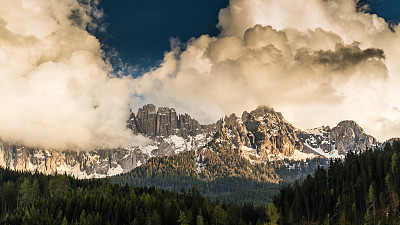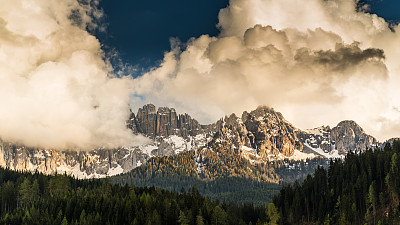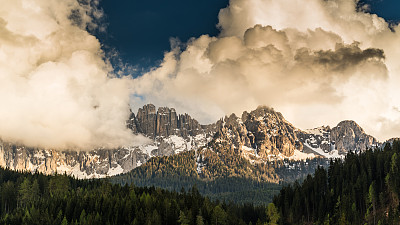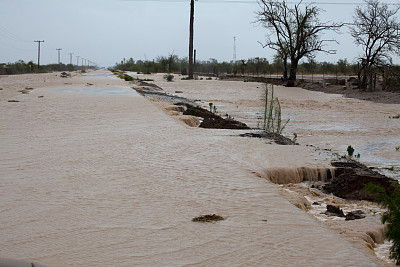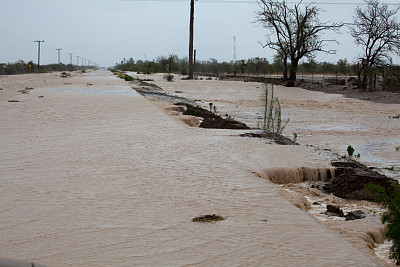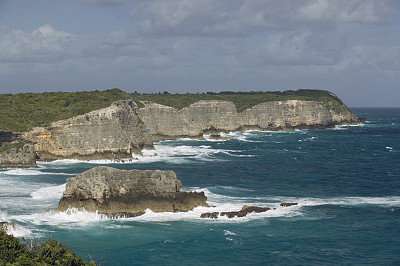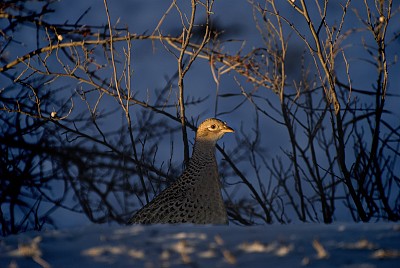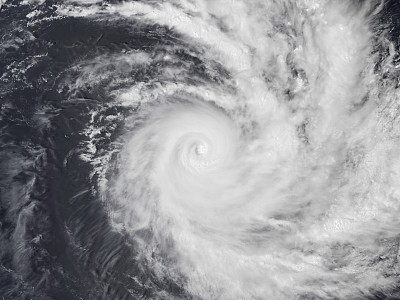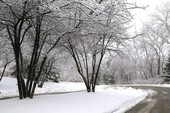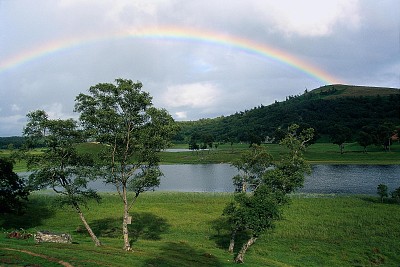 by Emily Payne, Carnegie Mellon University
Astronauts aboard the International Space Station took this “before shot” on Aug
by Emily Payne, Carnegie Mellon University
Astronauts aboard the International Space Station took this “before shot” on Aug1, to register the light pollution levels in Pittsburgh
Credit: NASA For decades, the stars in our night sky have been blotted out by artificial light—from streetlamps, residential houses, businesses, construction sites, vehicles, billboards and so on
The glow they emit misdirects light up towards the sky, obscuring much of the Milky Way
This excessive artificial light, or light pollution, doesn't just stop us from admiring our galaxy but it adversely affects human health, harms plants and animals, and wastes money and energy
To combat the negative effects of light pollution, the Pittsburgh City Council has passed a new Dark Sky Ordinance for all of the city's parks, facilities and streetlights
The Office of Mobility and Infrastructure prepared the ordinance with support from two Carnegie Mellon University dark sky experts
"I'm excited for this to be out in the world," said Diane Turnshek, special faculty in Carnegie Mellon University's Department of Physics
Turnshek and Stephen Quick, an architect and urban designer and special faculty in CMU's School of Architecture, helped draft the ordinance
This is the first ordinance of its kind in the country and aims to replace the city's 35,000 streetlights, and install up to 8,000 new ones
Dark sky lighting uses technology, like motion sensors, dimmers and timers, cooler temperature bulbs, and shielding—which makes sure light is directed down instead of up—to reduce light pollution while providing enough lighting for safety and comfort
The city plans to retrofit existing streetlights to dark sky compliant LED lights
Pittsburgh's current 4,300 LED streetlights glow at 5,000 kelvins and give off a bright blue-white glare
The new LED lights will be at a lower temperature and look much softer and warmer, as recommended by the International Dark-Sky Association
The ordinance aims to improve safety and security, reduce light pollution, save energy and advance equity in all Pittsburgh neighborhoods
Communities of color, the ordinance notes, experience over-lighting and light pollution—which can negatively impact mental and physical health—at a disproportionate rate
Turnshek has been a dark sky crusader for a decade
It's been a long road to get the word out
Anything you can think of to raise awareness, chances are Turnshek has done it
As an astronomy instructor in the Pittsburgh area for over 40 years, Turnshek has noticed that more and more students each year have never seen the Milky Way
During a 2012 dark sky trip to the Mars Desert Research Station, she was reminded of the awe of a vast and twinkling night sky—looking up, she felt as though she was being lifted toward the sky
Inspired by the trip, Turnshek began her mission to bring back dark skies with a 2015 TEDxPittsburgh talk, "De-Light the Night," that now has more than 26,000 views
She's given more than 50 talks to local groups, homeowner associations, schools and science organizations; spoken at dozens of conferences; handed out literature; curated space art galleries; hosted a dark skies conference; and founded the local International Dark Sky Association group, IDAPgh
org
Through grants from Metro21: CMU's Smart Cities Institute, Turnshek edited a short fiction anthology "Triangulation: Dark Skies" and, along with Quick, made a nighttime map of Pittsburgh's light pollution with drones, aircraft, satellites and astronauts aboard the International Space Station
The pair plans to get more images while the streetlights are being changed and an after shot in 2024
Suffice to say, Turnshek's reach has been immense
The International Dark Sky Association recognized her with its Dark Sky Defender Award and the Amateur Astronomers Association of Pittsburgh honored her with the Lois J
Harrison Award for her work on dark skies
Given the precedent Pittsburgh is setting for cities of its size, Turnshek looks forward to what will come next
The Pittsburgh Zoo and PPG Aquarium, Phipps Conservatory and Botanical Gardens, and the National Aviary have already announced they will adopt the ordinance on their properties
While the ordinance applies to city-owned property, Turnshek adds that businesses and residences could easily follow suit by using motion-sensored lights and lower wattage and cooler temperature lights that are shielded
"The ordinance is about much more than astronomy
Thoughtful, intentional lighting at night, without uplight, glare and harsh blue-white color is safer for drivers and pedestrians," said Turnshek
"Dark sky compliant lighting will improve our nighttime vision, allow us to sleep better, reduce light distraction and glare, and allow the beauty of a soft, warmly lit scene to enhance our enjoyment of the evening
"
来源:由phyica.com整理转载自PH,转载请保留出处和链接!











